Carnivores on the Forest Floor
North Carolina is a haven for rare Venus Flytraps
By Pamela A. Keene | Photos by Dale Suiter unless otherwise indicatedVideo courtesy of BBC
If you asked a dozen people the origin of Venus flytraps, it’s a pretty safe bet that 11 of them would say the Amazon, the tropics or somewhere in Asia. They would be incorrect.
“Actually, today 15 counties in North Carolina and one county in South Carolina have the only naturally occurring populations of Venus flytraps on the planet,” explains Dale Suiter, biologist with the U.S. Fish and Wildlife Service at the Raleigh Field Office. “Flytrap populations have been introduced in other parts of the country and the world, including the pine barrens of New Jersey, the pine savannas in the Florida Panhandle and other locations in California, Jamaica and New Zealand. However, it’s important to understand the difference between naturally occurring populations and those that have been introduced outside their range at the hands of humans.”
The Carolina populations of Venus flytraps (Dionaea muscipula) existed long before Europeans settled the Americas. “Colonial botanist John Bartram probably collected the first plants in the 1760s,” Dale says. “Other early botanical explorers also shipped plants back to Europe, and they became a topic correspondence among naturalists.”
Today 15 counties in North Carolina and one county in South Carolina have the only naturally occurring populations of Venus flytraps on the planet … one of the few plants that moves to snag its prey, typically small spiders or ants.
In the mid- to late-1800s, Charles Darwin conducted research on the plant, calling it “one of the most wonderful plants in the world.” It’s one of the few plants that moves to snag its prey, typically small spiders or ants.
“Venus flytraps rarely consume flies, even though you’d think so from their name,” Dale says. “They grow in poor soil that’s low in nutrients, so by capturing and digesting insects, they do receive additional nutrients.”
At rest, their pairs of snap-trap hinged leaves are open. When an insect crawls across the leaves, tiny trigger hairs inside detect the disturbance and snap shut, capturing the intruder. It may take from three to 20 days for the plant to digest. Then the leaves open again to await the next creature.
Low-growing in clumps usually less than 6 to 10 inches in circumference, Venus flytraps have white blooms in the late spring on stalks about 10 inches tall. Those blooms, when pollinated, can yield viable seeds that germinate to produce more plants.
Local carnivores
North Carolina has more than 30 species of carnivorous plants, including multiple types of Butterworts, Pitcher Plants, Sundews and Bladderworts. They occur across the state from wet longleaf pine savannas of the coastal plain to mountain bogs.
Carolina Beach State Park is one of the most accessible places in the coastal plains to see them. The park offers ranger-led hikes to view carnivorous plants, including flytraps, on most weekends.
However, because of the declining population, the park has reintroduced Venus flytraps along a trail, raising them from seeds and working with biologists at the University of North Carolina at Wilmington to increase the area’s population.
Dale says that the Stanley Rehder Carnivorous Plant Garden at Piney Ridge Nature Preserve in Wilmington, the North Carolina Botanical Garden in Chapel Hill and the UNC Charlotte Botanical Gardens also have collections of Venus flytraps and other native carnivorous plants.
“Because their sensitive habitat is wet and uninviting, and the plants can be easily trampled, we discourage people from visiting natural habitats,” Dale says. “And if people take photos of rare species, we ask that they remove geotagging and not post specific locations.”
Protecting the plants
The greatest threats to Venus flytraps are changes in habitat, fire suppression and poaching. Venus flytraps are currently under review for federal listing of protection. The North Carolina Plant Conservation Program lists them as “Special Concern, Vulnerable,” and a state law protects them from being taken from the wild.
“Many of the state’s carnivorous plants are protected by the state, and the importance of conserving these species cannot be understated,” Dale says. “Poaching Venus flytraps is a felony.”
Federal and state officials have committed to further raising awareness about the declining populations of Venus flytrap habitats in the coastal plains. In 2005, the North Carolina General Assembly adopted the Venus flytrap as the state’s Official Carnivorous Plant.
Biologists with The Nature Conservancy, the Coastal Land Trust, the NC Plant Conservation Program, the NC Wildlife Resources Commission, SC Heritage Trust Preserves, the U.S. Forest Service, and even the Army and Marines conduct prescribed fires to manage habitat for Venus flytraps and other rare species.
“Without the dedication and commitment of many public and private land managers in the Carolinas, Venus flytrap would be much more rare than it currently is,” Dale says.
Showing support
Aside from treading lightly in the carnivorous plant’s native habitat, there are a few ways Venus flytrap enthusiasts can support the plant. For one, the Friends of Plant Conservation and the North Carolina Botanical Garden are petitioning the North Carolina General Assembly to approve a special license plate to help raise awareness and funds for the protection of Venus flytraps.
Also, there are legitimate sources for purchasing Venus flytraps for those who want to collect or grow them as houseplants.
“The plants you see at nurseries and retailers are usually grown by reputable horticulturalists,” Dale says. “They have been propagated either by seeds or tissue culture, without harming wild populations.” Carnivorous plant enthusiasts should look for nursery plants that are uniform in color and size and that do not contain other weedy species growing in the pot, tale-tell signs that plants may have been poached from the wild.
“For years, people have been fascinated by carnivorous plants,” Dale says. “If people want to collect them, we encourage them to turn to reputable sources. However, they are best enjoyed in their native habitat, and we must continue to do our part to ensure that they are protected.”
About the Author
Pamela A. Keene is a freelance journalist who writes for magazines and newspapers across the Southeast and nationally.-
Plants are amazing
-
Share this story:

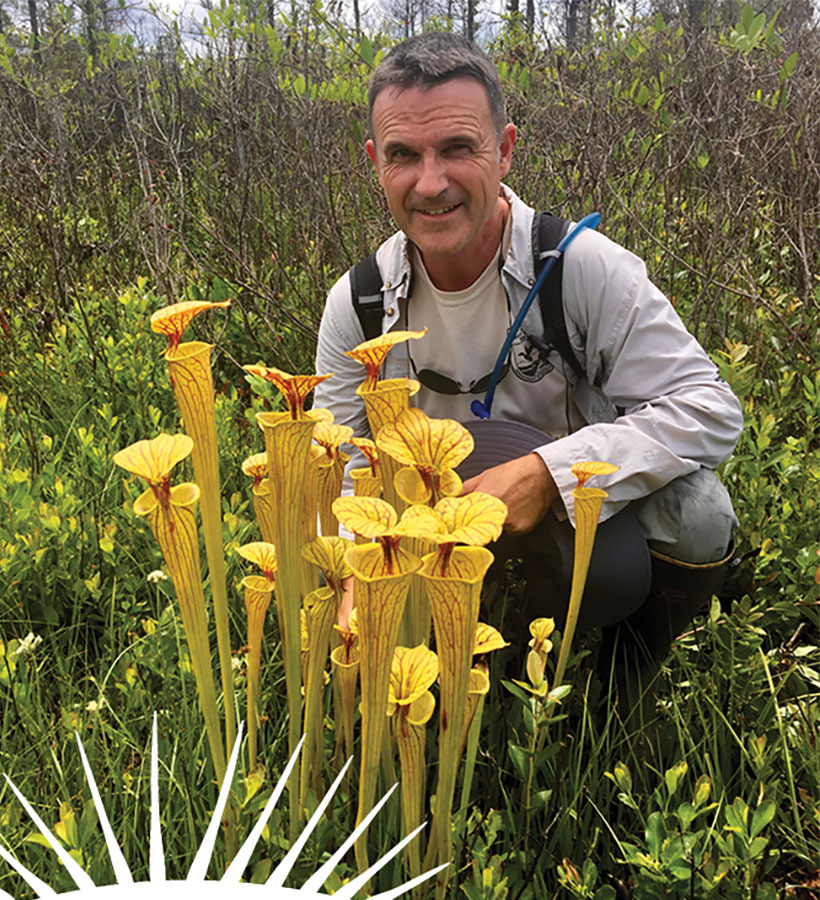
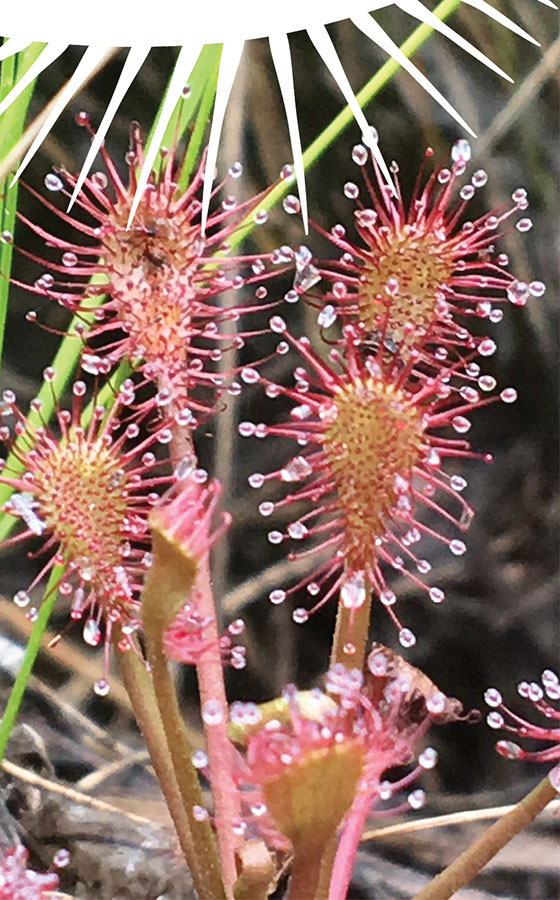
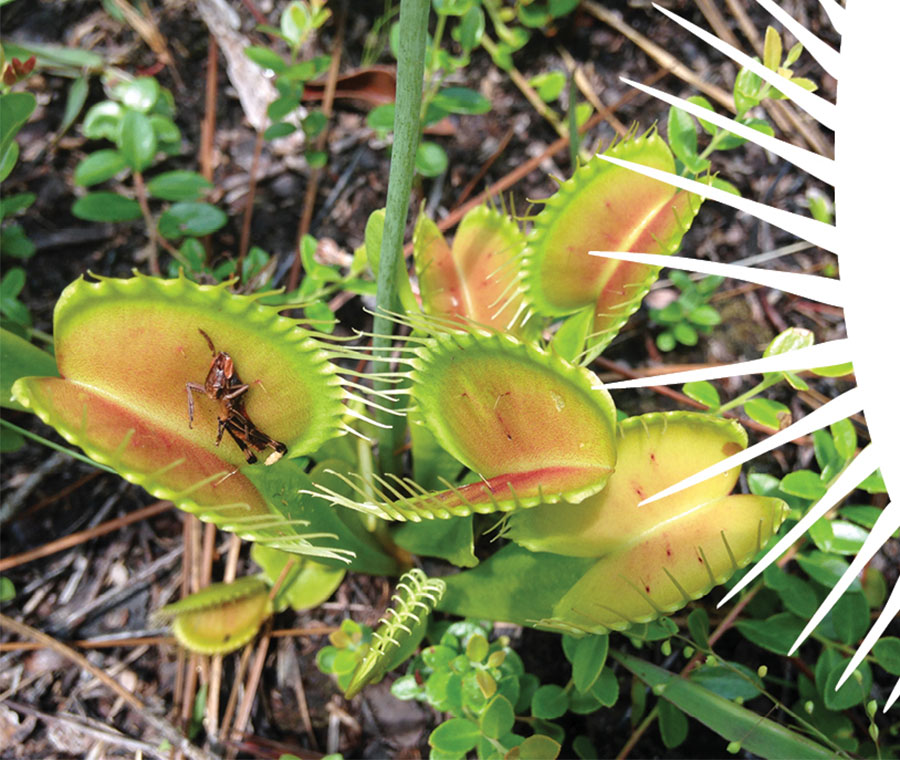
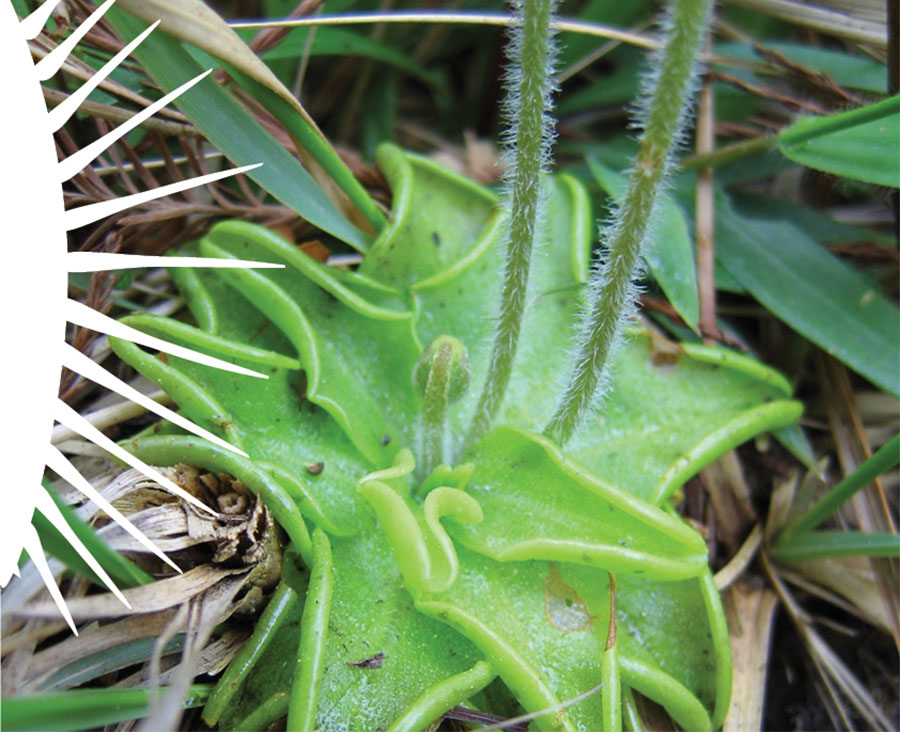
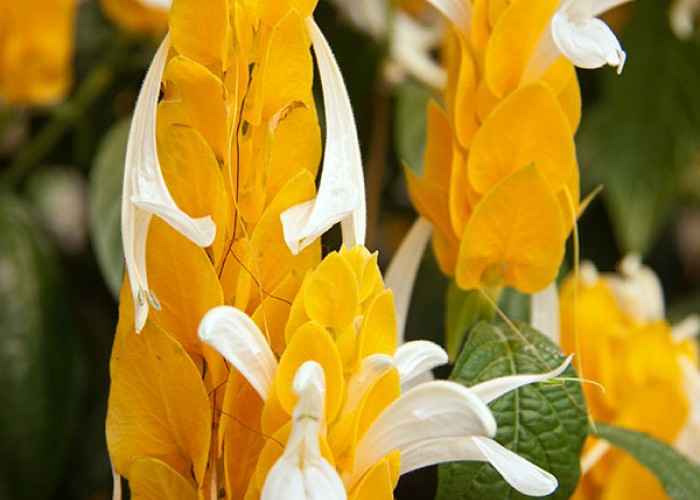
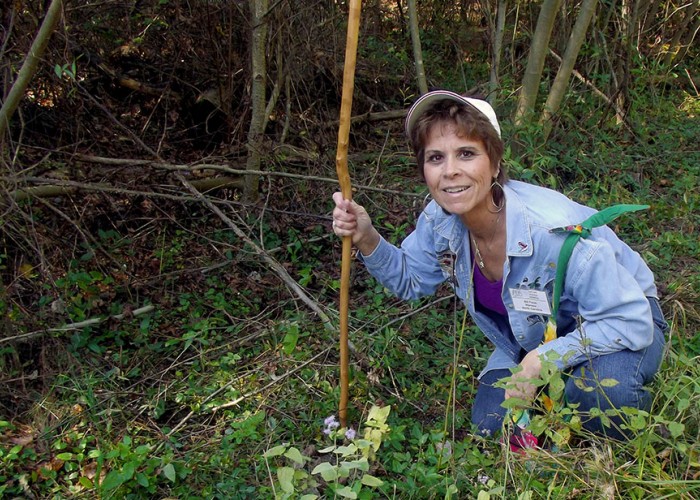
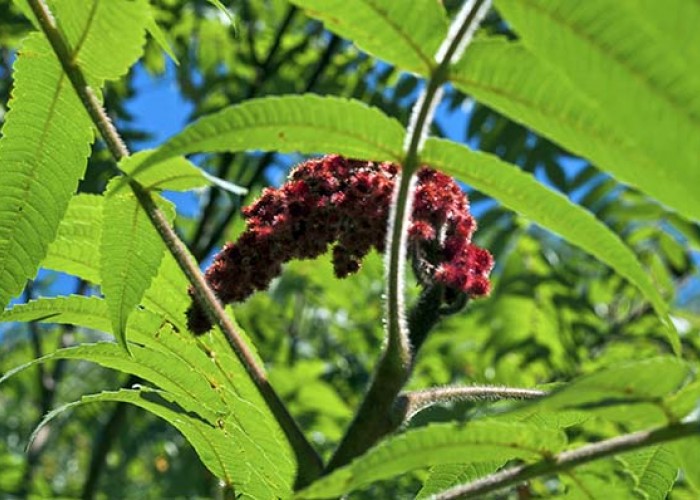


Comments (1)
Johnny Flytrap |
July 20, 2020 |
reply